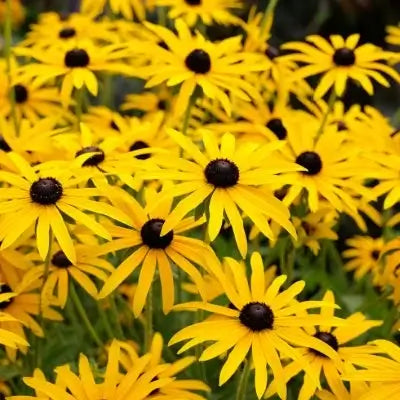TN Nurseries best selling ferns
Christmas fern
Glade fern
Royal fern
Hayscented fern
Leatherwood fern
Many people think of ferns as houseplants, but they are also an excellent choice for your landscaping needs. Ferns come in wide varieties and are easy to grow, even if you aren't known for your green thumb. If your yard is shady, there may be spots where grass doesn't increase, and having fern bushes in those areas will allow you to maintain some greenery rather than fight grass that doesn't want to grow. Also, unlike many other plants, ferns tend to be resistant to common pests and plant diseases and are usually left alone by wildlife -- including deer and rabbits.
Parts of Fern Plants
If ferns are a big part of your yard, it is helpful to understand what they are made of. The parts include
- Roots - Produced from rhizomes that can be either creeping or climbing. Climbers stay in a more confined area, while creepers are more likely to stretch out.
- Stems -- This is the support structure of the fern and is also referred to as a stipe or stalk. It includes a scaly or hair-like texture and connects the root to the leaves/fronds.
- Fronds -- The leafy part of the fern is a frond, a leaf made of two parts. It has its stem and triangular blades. The blades are called pinnae. New fronds first emerge as a crozier, which looks like a shepherd hook or as a fiddlehead.
Popular Landscaping Ferns and Where to Plant Them
Just because ferns are easy doesn't mean you don't need to pay attention to where they are planted. Depending on the fern you buy, they may do best in a different part of your yard or garden. Some popular options include
Christmas Fern: This fern is native to the Eastern U.S. and stays green in the winter. It looks similar to the Boston fern houseplant. It grows slowly but is hearty and will last a long time. It grows between 1-2 feet.
Ostrich Fern: This fern is named for the ostrich partly because of its height, as it can quickly grow to six feet. The bright green fronds circle a narrow base and have both brown and green fronds. This fern is even edible and has a flavor similar to asparagus. Ostrich ferns are a great option if you have a sunnier spot for planting. Many other types of ferns do better in the shade.
Glade Fern: The Glade fern is part of the wood fern family. It grows in circular clusters and can grow to about three feet in height. The fronds are bright green and do not give off an aroma. It grows best in rich soil and can be in partial or complete shade and well-drained soil.
Maidenhair Fern: This fern does great next to ponds or water gardens. It grows spores in addition to the wispy green leaves, and they offer a contrasting brown shade that looks great in your yard. This fern is often compared to the Christmas fern, which has a similar look.
Royal Fern: This fern does well in shaded areas and produces beadlike spores in addition to the leaves. It frequently grows between two and three feet, although some get as tall as six feet. Your goal should be to keep moisture in the soil and be carefully prepared before planting.
No matter what kind of ferns you have in your yard, they make a great addition and "play well" with other plants you may choose to include in your landscaping plan.
Native Ferns are Especially Hardy and Versatile In Gardens





























































